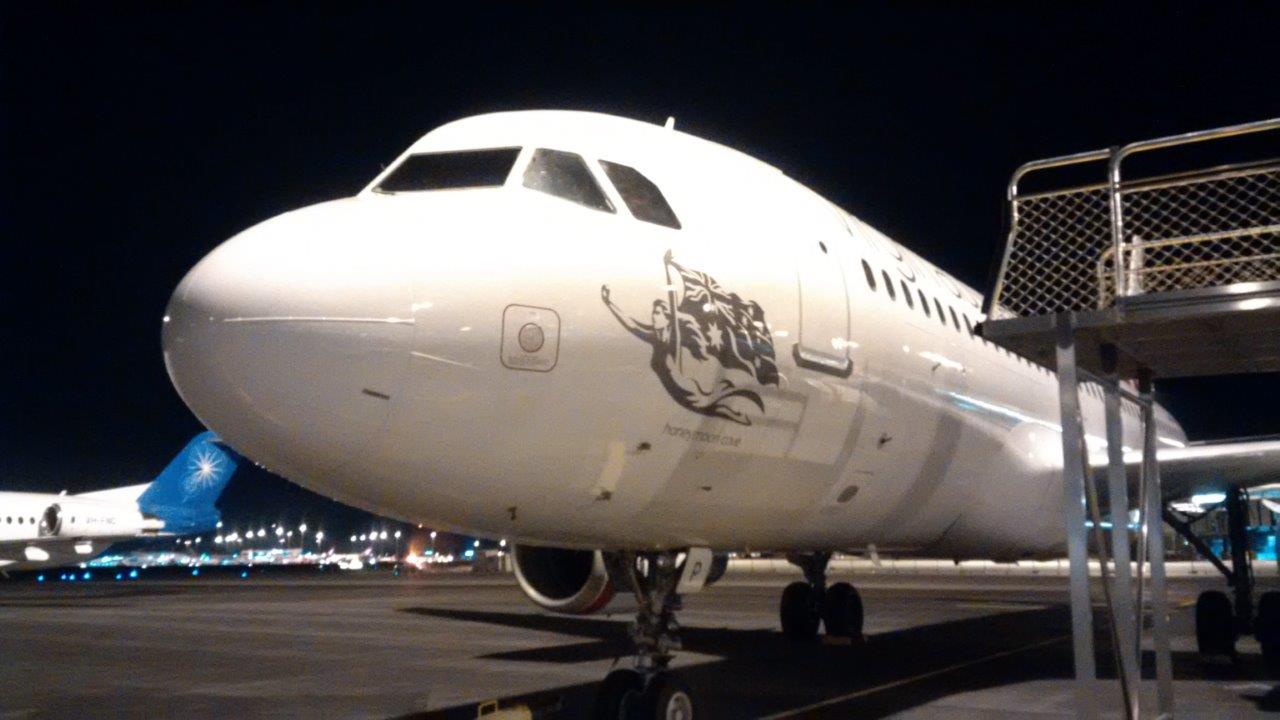An Airbus crew ignored a stall warning after an instrumentation incident, the Australian Transport Safety Bureau has found. Water in its pitot tubes had caused the autothrust and autopilot to disconnect, along with multiple other alerts on a Virgin Australia Regional Airlines Airbus A320 climbing out of Perth in September 2015. During the return to the airport the aircraft produced a stall warning which the crew, following system advice, disregarded, but which was true.
The ATSB report on the incident found the flight crew continued the climb to an altitude of 20,000 feet, where they levelled out to troubleshoot before returning to Perth. During the approach, when the crew were aligning the aircraft with the instrument landing system, they received a stall warning. The warning stopped after six seconds, and the approach continued for a successful landing.
The ATSB found blocked drain holes in the pitot probes had caused water to be retained in them, resulting in erroneous airspeed measurements in all three systems at various times during the take-off and climb. The crew had not detected these erroneous airspeeds, but the aircraft’s systems had detected them, and had disconnected autothrust and autopilot and generated multiple alerts, including a NAV ADR DISAGREE alert. That alert required the flight crew to crosscheck the three airspeed indications in order to indicate if there was an airspeed or angle of attack disagreement.
However, the NAV ADR DISAGREE alert was initially pushed off the display screen by engine related alerts that were programmed to have a higher priority.
The engine related alerts did not require immediate actions by the flight crew, and because of their high workload, the flight crew did not clear them and action the NAV ADR DISAGREE procedure until after the airspeeds had corrected themselves, and all displayed the same value.
This led the flight crew to diagnose an angle of attack disagreement, which the procedure informed them, had the ‘risk of undue stall warning’. When a stall warning sounded during the approach, the flight crew considered it spurious and disregarded that warning. However, there was nothing wrong with the angle of attack indication and the warning was real.
The ATSB also found that the NAV ADR DISAGREE alert and the associated procedure in the Airbus A320 may lead the flight crew to incorrectly identify the source of the alert (for example, angle of attack instead of airspeed) when there is a short-term disagreement in the airspeeds.
ATSB Executive Director, Transport Safety, Nat Nagy, said modern aircraft with multiple interacting systems could have many layers between the source information and the pilots.
‘The ATSB’s safety message from this investigation is where there is erroneous information from an information source, it is important that alerts and procedures be designed to ensure that the pilots can correctly diagnose the source of the erroneous information,’ Mr Nagy said.
As a result, Airbus is updating the aircraft’s software so that the NAV ADR DISAGREE alert has a higher priority than associated engine alerts. In the case of multiple alerts, it will take precedence over the other associated alerts and be immediately visible to the flight crew. In addition, the ‘risk of undue stall warning message’ will be removed from the aircraft status related to the NAV ADR DISAGREE alert.






Comments are closed.